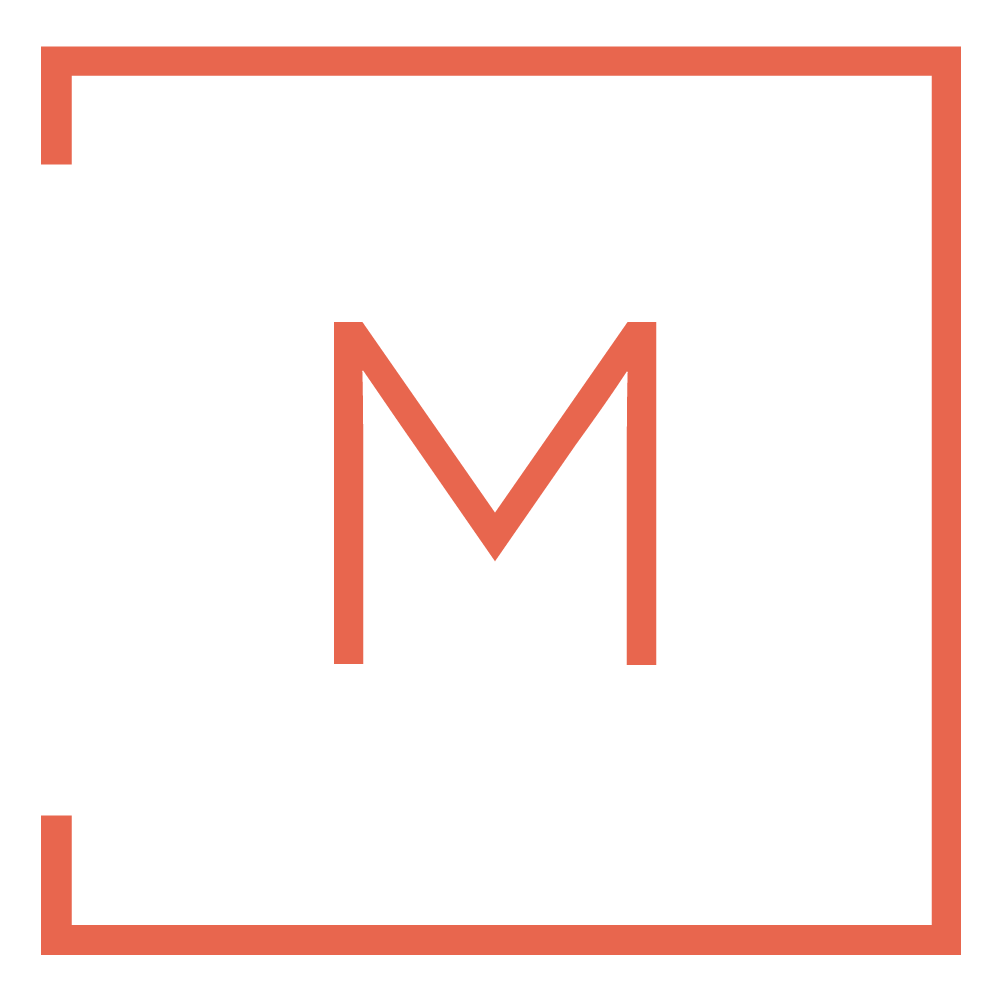A combination of four LiveU units, a helicopter and great teamwork resulted in much improved live coverage of the challenging 15 leg Oslo Holmenkollstafetten.
Since the first race in 1923 with ten participating teams, the Holmenkollstafetten Relay Race has grown to become Norway’s largest athletics event.
45,000 runners on narrow, hilly roads
This year more than 3,000 teams fielding some 45,000 runners participated in what is locally known as “spring’s most beautiful fairy tale”.
The race attracts a huge amount of interest, and is broadcast live by Norway’s largest commercial TV station TV 2.
Professional, amateur and company teams perform across an at times very steep and narrow 18.5 kilometres long course.
A steep challenge
The route runs along city roads and up steep, winding narrow lanes towards Oslo’s Holmenkollen Nordic ski arena. Capturing all the action is quite a challenge.
“It’s a considerable logistical test for everyone involved,” explains Harald Omland from Huldra Film, the company responsible for the live production of the relay.
This year, he was able to take the production to a new level thanks to a setup involving one LU-2000 decoder directly in the OB-truck, one LU-600 and three LiveU LU-200 units delivered by Mediability.
3G and 4G replacing satellites
“The beauty of LiveU is that it bundles existing 3G and 4G mobile telephone networks to deliver a stable live HD signal to the broadcaster,” says Harald Halvorsen, Product Manager at Mediability Norway.
“Where you used to be dependent on expensive and cumbersome satellite technology, you can now solve most any broadcast event with far more flexibility. And it is also far cheaper.”
Ditching the cables
The Oslo area enjoys broad 3G and 4G coverage, allowing a broadcaster to rely on strong and steady signals from most any position.
Before this year’s race, Huldra Film and Harald Omland were dependent on running fibre cables across long distances from different cameras situated along the relay route and back to the production bus.
Other cameras further afield had to be linked to the editing suite using satellite signals relayed by a satellite truck.
Superior flexibility
“We also used to send camera feeds from a motorbike camera team up to our helicopter, which again would send the signal back to the editing suite. But, we were limited by the fact that the motorbike and helicopter needed to be in visual contact at all times, so that we didn’t lose the signal,” explains Omland.
With LiveU’s 3G and 4G coverage, the motorbike camera crew is now free to roam independently from the helicopter, while the airborne crew can also transmit their feed without problem back to the editing suite.
“The flexibility is superior,” says Omland.
Fewer cameras
Harald Omland’s team have traditionally been using 10 to 12 different cameras to capture all the key action if the relay race.
Switching to the LiveU solution has allowed him to cut the number of cameras used, as the camera people are no longer tethered by cables and far more mobile.
“This year, when there were gaps in the running action, they could also easily move in and amongst the crowds to capture the atmosphere surrounding the race in a way we never have been able to do before,” explains Harald Omland.
Solid LiveU experience
Mediability has been an agent for LiveU equipment for nearly seven years, which has allowed the company to build up considerable expertise around the solutions on offer.
“Mediability managed to deliver what I needed to a relatively short deadline, and the support and follow-up I have had from them since has been very helpful,” says Omland.
Contact one of our professional equipment sales persons today for a discussion of how the LiveU product offering may fit your needs. See contact info for the Mediability team here
You may also direct any questions to sales@mediability.com
Read more about Mediability on our About page here
Read more about what strategic partners and vendors we work with on our Partners page here

